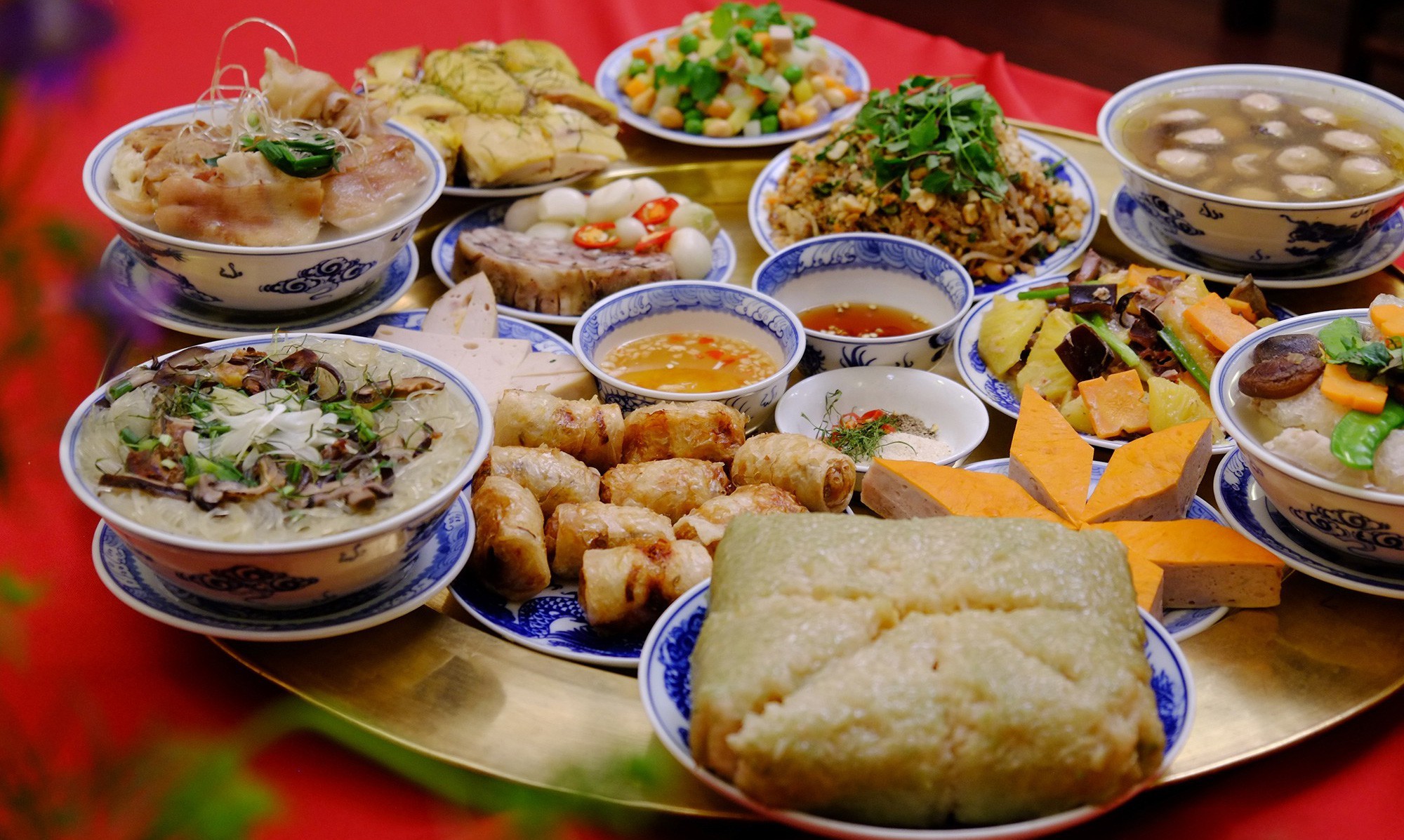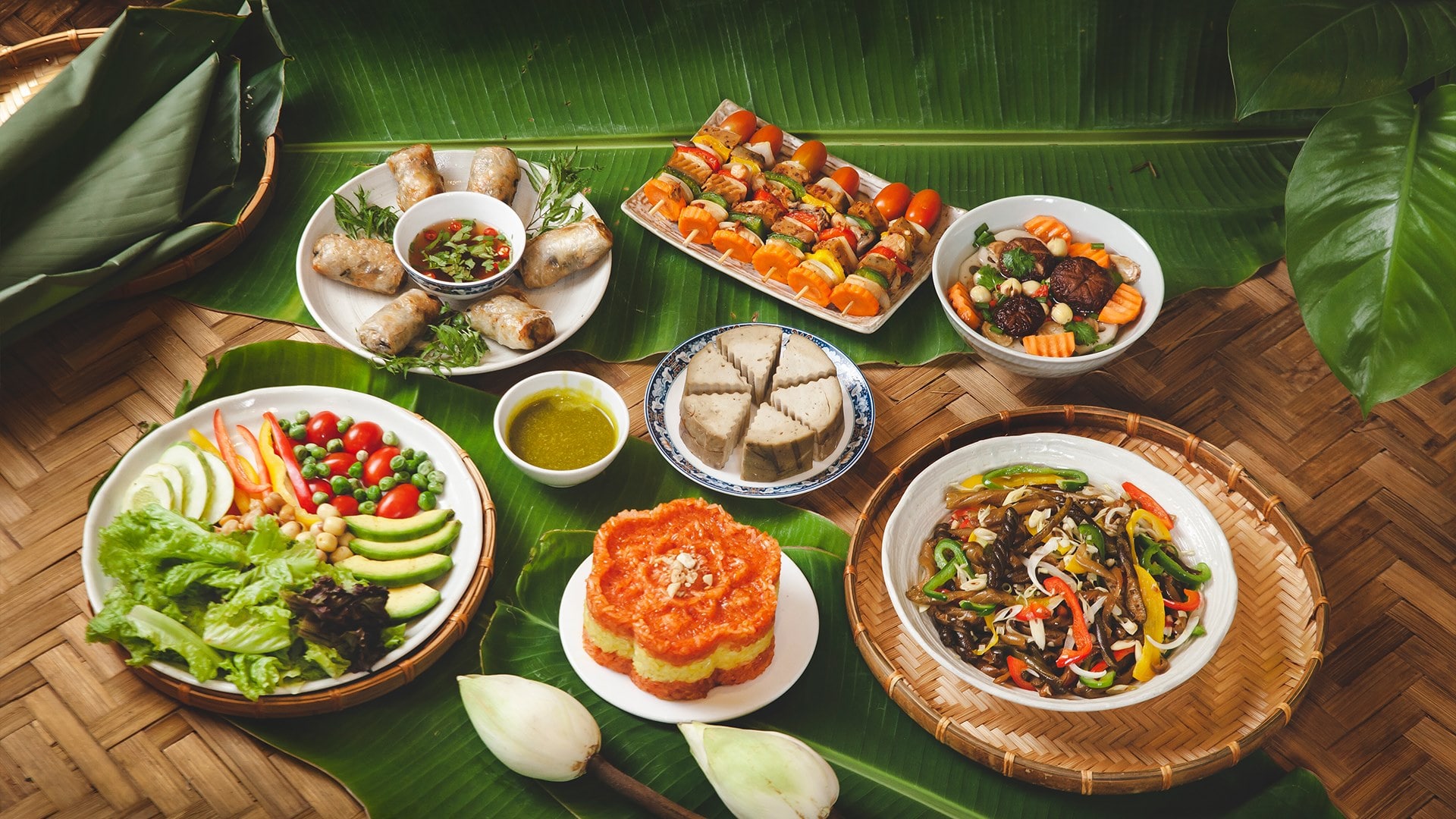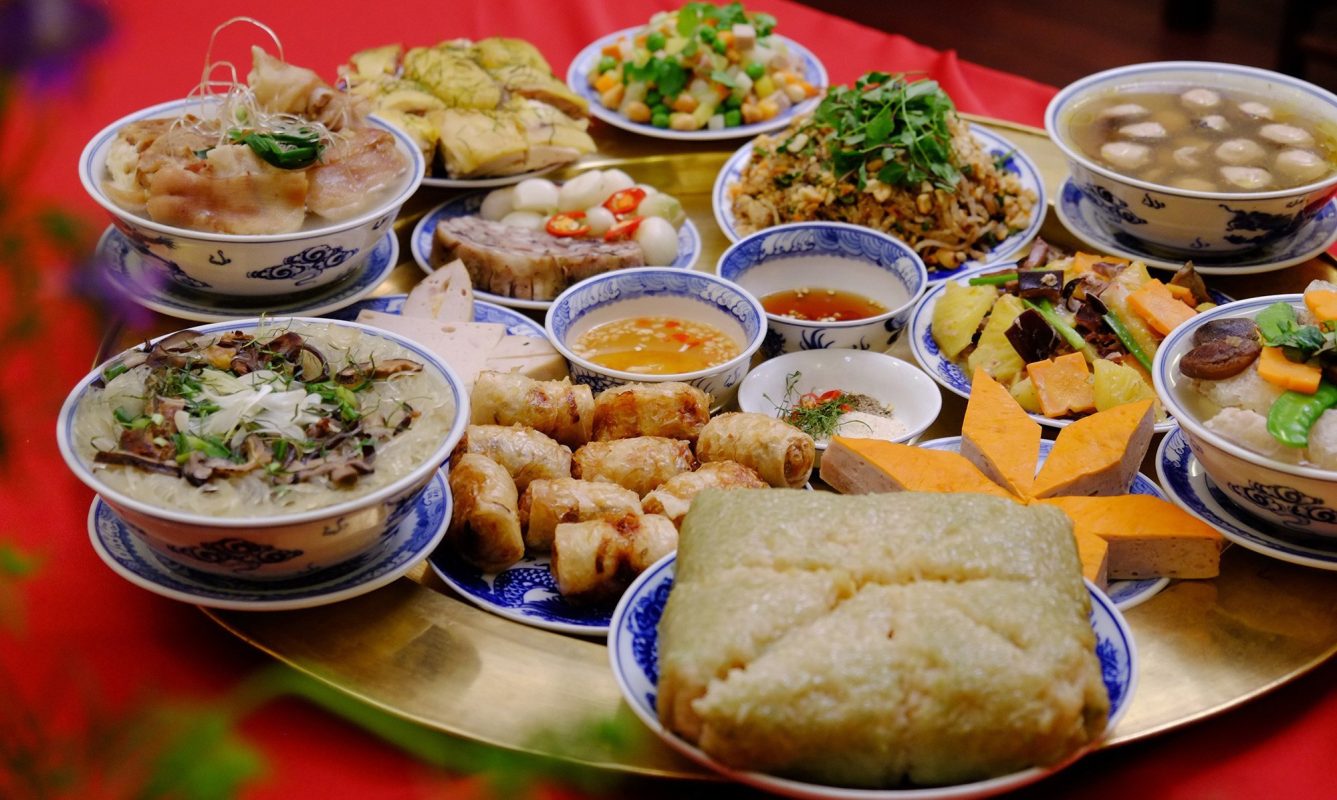No products in the cart.
Blog
Khám Phá Thiên đường ẩm Thực Nhật Bản: Từ Món ăn đường Phố đến Nhà Hàng Cao Cấp
[

Khám Phá Thiên đường Ẩm Thực Nhật Bản: Từ Món Ăn Đường Phố đến Nhà Hàng Cao Cấp

Introduction:

Japan, a land of ancient traditions and breathtaking modernity, offers a culinary experience unlike any other. From the vibrant energy of bustling street food stalls to the serene elegance of Michelin-starred restaurants, Japanese cuisine is a journey for the senses. This exploration delves into the diverse and delicious world of Japanese food, guiding you from the humble beginnings of street snacks to the refined artistry of high-end dining. Prepare to embark on a gastronomic adventure that will tantalize your taste buds and leave you craving more! Let’s uncover the secrets behind the rich tapestry of Japanese culinary excellence.
Ramen: A Bowl of Comfort and Flavor
Ramen, a ubiquitous and beloved dish, transcends its humble origins as a simple noodle soup. It’s a national treasure, boasting countless regional variations and countless ways to customize your bowl. The broth, the star of the show, can range from rich and savory pork-based tonkotsu to lighter, more delicate shoyu or miso options. The noodles themselves, perfectly chewy and resilient, are carefully chosen to complement the broth.
- Broth: The foundation of any good ramen. Explore different types like tonkotsu (pork bone), shoyu (soy sauce), miso (fermented soybean paste), and shio (salt).
- Noodles: Choose between thin, straight noodles, or thicker, wavy ones, each offering a unique texture.
- Toppings: Customize your bowl with chashu pork belly, soft-boiled eggs (ajitama), bamboo shoots (menma), scallions, and nori seaweed.
- Regional Variations: From Hakata tonkotsu to Sapporo miso, each region boasts its own unique ramen style.
- Finding the Best Bowl: Look for ramen shops with long queues—a testament to their quality and popularity.
- Seasonal Ingredients: Some ramen shops incorporate seasonal ingredients to elevate the experience.
Sushi and Sashimi: The Art of Raw Perfection
Sushi and sashimi represent the pinnacle of Japanese culinary artistry. Precision and freshness are paramount, with the quality of the ingredients speaking volumes. While often considered interchangeable, they are distinct: sushi incorporates vinegared rice, while sashimi features only the raw fish. The presentation is as important as the taste, with each piece carefully arranged to create a visual masterpiece.
- Fish Selection: The quality of the fish is crucial. Look for restaurants that source their seafood from reputable suppliers and prioritize freshness.
- Rice Preparation: The vinegared rice in sushi is a delicate art, with the right balance of acidity and sweetness being essential.
- Preparation Techniques: Mastering the techniques of slicing and preparing the fish is a skill honed over years of practice.
- Types of Sushi: Explore different types of sushi, including nigiri (fish on rice), maki (rolled sushi), and temaki (hand-rolled cones).
- Sashimi Etiquette: Learn proper sashimi etiquette—for example, using chopsticks to pick up the slices is essential.
- Pairing with Sake: Enjoy your sushi and sashimi with a glass of high-quality sake to enhance the flavors.
Tempura: The Crispy Delight
Tempura, a light and airy deep-fried dish, showcases the delicacy of Japanese cooking. Seafood and vegetables are lightly battered and quickly fried at high temperatures, resulting in a crisp exterior and a tender interior. The key is in the batter, which should be light and delicate, and the precise timing of the frying process. The perfect tempura is a testament to precision and control.
- Batter Consistency: The batter is essential and needs to be neither too thick nor too thin.
- Frying Technique: The temperature and time of frying are crucial to achieving perfectly crisp tempura.
- Seafood and Vegetable Selection: The freshness and quality of the ingredients used are critical.
- Dipping Sauce: A classic tempura dipping sauce, made with soy sauce, dashi, mirin, and grated daikon radish, adds another dimension of flavor.
- Serving Temperature: Serve tempura immediately after frying to maintain its crispness.
- Variations: Experiment with different tempura ingredients, such as various seafood, vegetables, and even sweet potatoes.
Kaiseki: A Culinary Symphony
Kaiseki dining is a multi-sensory experience, a journey through Japanese artistry and seasonality. This traditional multi-course meal showcases the chef’s skill and creativity, with each dish meticulously prepared and presented. The emphasis is on seasonal ingredients and the harmony of flavors and textures. It’s an artful display, not just a meal.
- Seasonal Ingredients: Kaiseki emphasizes seasonal ingredients, ensuring the freshest and most flavorful options available.
- Presentation: The presentation of each dish is as important as its taste, with meticulous attention to detail.
- Course Structure: A typical Kaiseki meal consists of many small courses, each carefully planned to create a culinary journey.
- Harmony of Flavors and Textures: Each dish is carefully balanced to create a harmonious experience.
- Tea Pairing: Tea is often served throughout the meal to cleanse the palate between courses.
- Ambiance: The setting of a Kaiseki meal is as important as the food itself, often in serene and elegant surroundings.
Street Food: A Taste of Everyday Japan
Street food provides a vibrant and accessible entry point into Japanese cuisine. From takoyaki (octopus balls) to yakitori (grilled skewers) and okonomiyaki (savory pancakes), these dishes offer a taste of everyday Japan. The energy of the street food scene is infectious, and the prices are typically very reasonable.
- Takoyaki: These savory octopus balls are a classic street food snack.
- Yakitori: Grilled chicken skewers, often marinated in teriyaki sauce.
- Okonomiyaki: Savory pancakes that can be customized with a variety of toppings.
- Ramen (Street Food Version): Quick and easy bowls of ramen are common at street food stalls.
- Crepes and Ice Cream: Sweet treats are also widely available.
- Finding the Best Stalls: Look for stalls with long lines and happy customers.
A Comparison Table of Japanese Cuisine Experiences
| Feature | Ramen | Sushi/Sashimi | Tempura | Kaiseki | Street Food |
|---|---|---|---|---|---|
| Ambiance | Casual to Upscale | Casual to Upscale | Casual to Upscale | Formal, Elegant | Lively, Energetic |
| Price Range | Affordable to High | Moderate to High | Moderate to High | High | Affordable |
| Preparation | Broth-based, Noodles | Raw Fish, Rice | Deep-fried | Multi-course, Complex | Varied, Quick |
| Key Ingredients | Noodles, Broth, Toppings | Fish, Rice, Vinegar | Seafood, Vegetables | Seasonal Ingredients | Varies greatly |
| Typical Experience | Comforting, Satisfying | Refined, Elegant | Light, Crisp | Sophisticated, Artistic | Casual, Fun |
Conclusion:
Exploring Japanese cuisine is an enriching and delightful experience, a testament to the country’s rich culinary heritage and its embrace of both tradition and innovation. From the comforting warmth of a bowl of ramen to the elegant artistry of a Kaiseki meal, there is something to satisfy every palate and preference. Whether you’re seeking a quick and satisfying street food snack or a refined and memorable dining experience, Japan’s culinary landscape offers an unforgettable journey for the senses. So, pack your bags, and prepare to embark on a truly extraordinary gastronomic adventure. Itadakimasu! (Let’s eat!)
Keywords: Japanese Cuisine, Ramen, Sushi, Tempura, Kaiseki, Street Food
]


Bài viết hay quá! Tôi thích cách bài viết mô tả chi tiết từng món ăn. Tuyệt vời!
Thật sự không ấn tượng lắm. Hình ảnh hơi mờ, và nội dung cũng khá chung chung.
Tôi thấy bài viết thiếu thông tin về giá cả của các món ăn. Thêm phần này sẽ hữu ích hơn đó.
Sao lại nói đồ ăn Nhật Bản ngon hơn đồ ăn Việt Nam chứ? Tôi thấy điều đó hoàn toàn không chính xác!
Ôi, thiên đường ẩm thực Nhật Bản à? Nghe cứ như là đang quảng cáo vậy. Haha!
Bài viết này hay vãi cả ra. Tuyệt vời ông mặt trời! Thật sự rất bổ ích!
Haha, đọc xong bài viết này tui đói bụng quá trời. Phải đi ăn liền thôi!
Bài viết rất chi tiết và hấp dẫn. Tôi đã học được rất nhiều điều mới mẻ về ẩm thực Nhật Bản. Cám ơn tác giả!
Hình như bài viết thiếu sót một số món ăn nổi tiếng của Nhật Bản. Rất tiếc!
Tôi nghĩ bài viết nên thêm phần hướng dẫn cách làm một vài món ăn đơn giản. Sẽ tuyệt hơn đó!
Ngon vãi chưởng! Nhưng mà sao hình ảnh chất lượng không được cao lắm nhỉ? Phải đầu tư hơn nữa chứ!
Thiên đường ẩm thực? Chắc chỉ dành cho những ai có nhiều tiền thôi nhỉ? Haha, đùa tí thôi!